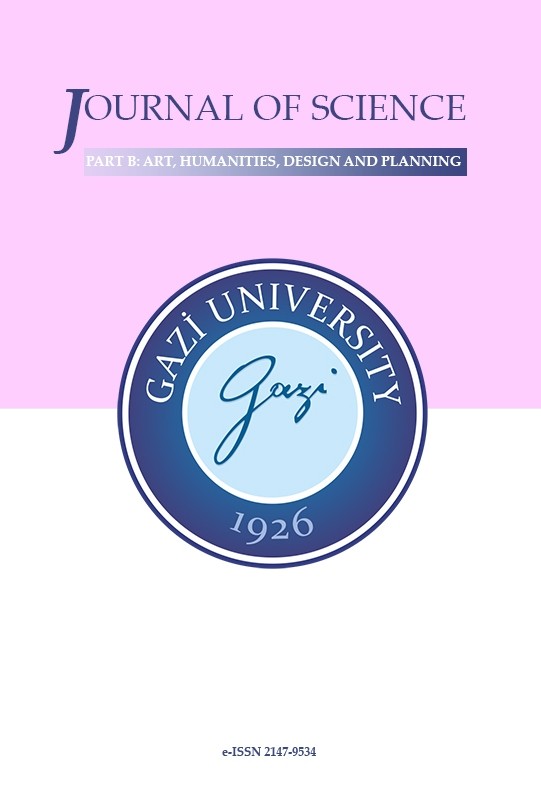NON-ALCOHOLIC BEVERAGE (NAB) IDENTITY BY CONSIDERING PRODUCT ONOMASTICS IN RELATION TO TYPICAL PACKAGE SHAPE
NON-ALCOHOLIC BEVERAGE (NAB) IDENTITY BY CONSIDERING PRODUCT ONOMASTICS IN RELATION TO TYPICAL PACKAGE SHAPE
n this study, CorelDraw basic shape tools are used in representing typical package shape for Non-Alcoholic Beverage (NAB) products. Then the graphic display of this NAB typical package shapes is shown to the consumers recruited for the research. Brand names and typical package shapes are adopted as the cue for 100 consumers recruited to identify their preferred NAB products. Their level of identification is elicited with the aid of a Likert scale 5 to 1; where 5 represents very easy; 4 represents easy; 3 represents somehow difficult; 2 represents difficult and 1 represents very difficult. The study is descriptive and exploratory; hence, there is no right and wrong emphasis in the study but it intends to describe the trend in consumers’ ability to identify NAB in the context of typical product package shape by using product onomastics. Alphanumeric, suggestive, fanciful, descriptive, generic, arbitrary, toponym, homonym, and eponym are considered as product onomastics in this study. The trend falls into 3 classifications: ‘very easy to identify’, ‘easy to identify’, and ‘somehow difficult to identify. There are no difficult to identify product onomastics; however, the present study adduces that there should be typical package shape and onomastics for swift product identification in situations whereby stakeholders cannot afford frequent and regular advertisement in all possible media. This should minimize congestion in marketplaces, as well as the prolonged search time undergone by consumers while looking for preferred product brands. This will contribute to the existing knowledge of stakeholders towards conceiving the idea of predictive product representation.
Keywords:
CorelDraw, Consumer, Identification, Graphic Displays, Product Onomastics Non-Alcoholic Beverages,
___
- Ansgar Brossardt (1987).The product development process: the Wenger 1/1 Office Printer, Behaviour & Information Technology, 6:3, 299-301, DOI: 10.1080/01449298708901838
- Catchword. (2014). creating the perfect name. Catchword Branding. San Francisco.
- Francisco Felip, Elena Mulet, Julia Galán & Inmaculada Remolar (2019) Analysing observer preferences when presenting a product in a rendered scene: 2D vs. autostereoscopic 3D displays, Behaviour & Information Technology, 38:8, 782 795, DOI: 10.1080/0144929X.2018.1554091
- Joni Salminen, Soon-gyo Jung, Ahmed Mohamed Sayed Kamel, João M. Santos & Bernard J. Jansen (2020): Using artificially generated pictures in customer-facing systems: an evaluation study with data-driven personas, Behaviour & Information Technology, DOI: 10.1080/0144929X.2020.1838610
- Marcel, D. (2021). What’s in a Brand Name ? A Note on the Onomastics of Brand Naming. A Journal of Onomastics, 59(3), 2021. https://doi.org/https://doi.org/10.1179/00277731190119
- Michaela Kauer, Heike Theuerling & Ralph Bruder (2013) The importance of identification for the acceptance of consumer electronics on the example of the Wii, Behaviour & Information Technology, 32:4, 344- 358, DOI: 10.1080/0144929X.2012.724085
- Oladumiye, E. B., Oluyemi, A. S., & Adelabu, O. S. (2018). The Visual Typicality of Non-Alcoholic Beverage (NAB) Package Forms in Akure, Nigeria. Arts and Design Studies, 66, 14. Retrieved from www.iiste.org
- Oluyemi, A. S., Oladumiye, E., & Bankole. (2020). General Appraisal of the Nomenclature of Non-Alcoholic Beverages ( NAB ) Brands. SCHOLEDGE International Journal of Multidisciplinary & Allied Studies, 07(01), 1–13. Retrieved from link.thescholedge.org/1207
- Pamungkas, K., & Abdulah, R. (2017). LINGUISTICS-BASED PHARMACEUTICAL PRODUCT NAMING METHODS : A MORPHOLOGICAL STUDY ON OVER THE COUNTER MEDICINE PRODUCTS IN INDONESIA. Asian Journal of Pharmaceuutical and Clinical Research, May(Special), 108–112. https://doi.org/http://dx.doi.org/10.22159/ajpcr.2017.v10s2.19512
- Solange, A. K. A., Georgette, K., Gilbert, F., Marcellin, D. J. E. K., & Bonfoh, B. (2014). Review on African traditional cereal beverages. America Journal of Research Communication, 2(5), 151.
- Yan, D., & Duclos, R. (2013). Intern . J . of Research in Marketing Making sense of numbers : Effects of alphanumeric brands on consumer inference ☆. International Journal of Research in Marketing, 30(2), 179–184. https://doi.org/10.1016/j.ijresmar.2012.09.007
- Yayın Aralığı: Yılda 4 Sayı
- Başlangıç: 2013
- Yayıncı: Gazi Üniversitesi
